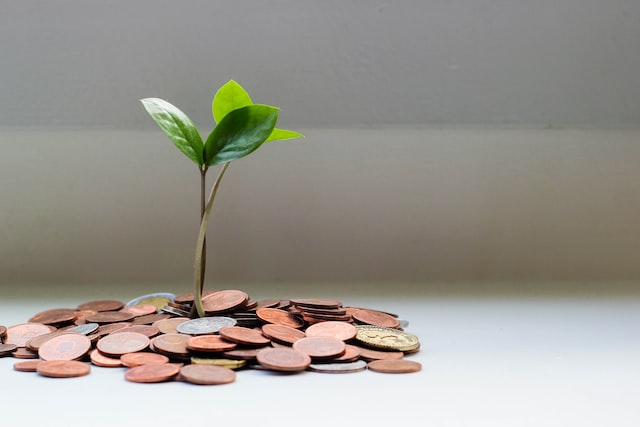6 Tips for How to Save for your Down Payment
Buying a home is one of the biggest financial decisions that most people will make in their lifetime. For buyers, the two biggest factors affecting how much they need to pay out of pocket at the closing table are the closing costs and the down payment. It's possible that sellers may be willing to assist buyers with paying their closing costs in the form of contributions from the proceeds of the sale. Down payments, however, are usually the responsibility of the buyer.

The down payment is the amount of money you pay upfront when purchasing a home, and it's typically a percentage of the total purchase. For example, an FHA Loan typically requires 3.5% as a down payment. On a $200,000 home purchase, this would be about $7,000. A conventional loan normally requires anywhere between 5% to 20% as a down payment, which can vary depending on a variety of factors, such as the buyer's credit profile or whether the home will be used as a primary residence or a vacation/rental property. Other loan types, such as VA and USDA, don't require any down payment for their qualified buyers, but have limitations on the types of property that are allowed to be purchased with those loans. So it's important to know which type of loan you will be using and what you are eligible for.
Keep reading below for some tips on how to save for your down payment on a home.
- Set a savings goal: The first step in saving for a down payment is to set a savings goal. Determine how much you need to save based on the price of the home you want to buy, the type of loan you're getting, and the percentage of the purchase price required for the down payment. You can use an online mortgage calculator to help you determine how much you'll need to save.
- Create a budget: Creating a budget is essential for saving for a down payment. Determine how much you can realistically save each month and make a plan to stick to your budget. Cut back on unnecessary expenses, such as eating out or buying new clothes, and redirect that money to your savings account.
- Automate your savings: Set up automatic transfers from your checking account to your savings account each month. This will help ensure that you're consistently saving money, even if you forget to do it manually. When possible, add any extra savings (above your set automated amount) in as well and you'll be able to watch your savings grow even faster.
- Explore down payment assistance programs: Many states and local governments offer down payment assistance programs for first-time homebuyers or low-to-moderate income buyers. These programs can provide grants or loans to help cover the down payment or closing costs. Click here for more info.
- Get a side hustle: Consider getting a part-time job or starting a side business to earn extra money to put towards your down payment. This can include freelancing, pet-sitting, or driving for a ride-share service.
- Use windfalls wisely: If you receive a bonus at work, a tax refund, or an inheritance, put that money towards your down payment savings. Avoid using windfalls for other expenses and luxuries, such as a vacation, a new car, or a new television.

Saving for a down payment can take time and discipline, but it's an important step towards achieving your goal of home ownership. By setting a savings goal, creating a budget, automating your savings, exploring down payment assistance programs, getting a side hustle, and using windfalls wisely, you can make steady progress towards meeting your down payment goal.



Comments
Post a Comment